How Real Madrid Won the UEFA Champions League
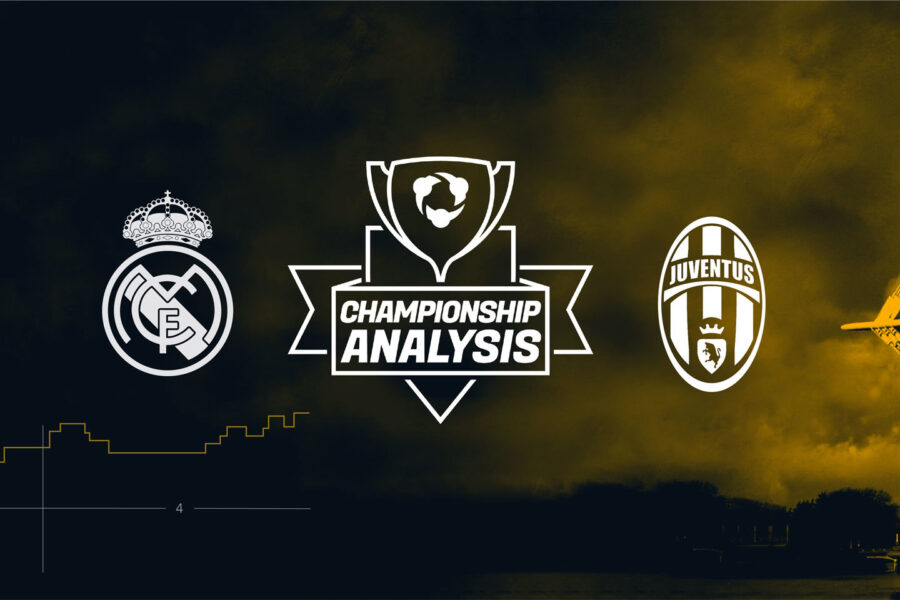
Undercover analysts broke down the match to uncover how Real won the title.
Sportscode is used by some of the best clubs around the world to prepare for matches on the biggest stage. So we recruited two professional analysts* to offer up their insight into this year’s biggest match, the UEFA Champions League Final, for our Championship Analysis Series.
We asked them to provide some direct insight into the preparation that these clubs were likely going through in the build-up to the final, as well as the analysis both Juventus and Real Madrid were likely looking at as the match unfolded in real time.
*We are withholding the names of our analysts in this publication as they asked us to remain anonymous. You will see them referred to as Analyst One and Analyst Two. The insight they provided is based on their experience at the highest level of performance analysis.
Pre-Match Analysis and Assessment of Both Clubs
When analysts prep for a match, it generally boils down to a few key questions. “The starting point in my workflow is highlighting what does the opposition do well and how do we go about stopping them from doing that,” Analyst One said. “For me personally, my first question would be, how do they attack? What are their strengths in attack? And how can we adapt our team shape, and what we do to stop them from creating chances?”
From a preparation perspective, that can mean a number of different things for the backroom staff at both clubs. A large portion of the analysis they receive on their opposition comes from services like Opta, where they use data to build a picture of their opponent and how they’re going to play. From there, that data is brought in and matched with video to validate what they are seeing in the data.
"It wouldn’t surprise me if Real Madrid spent 90% of their time focusing on themselves."
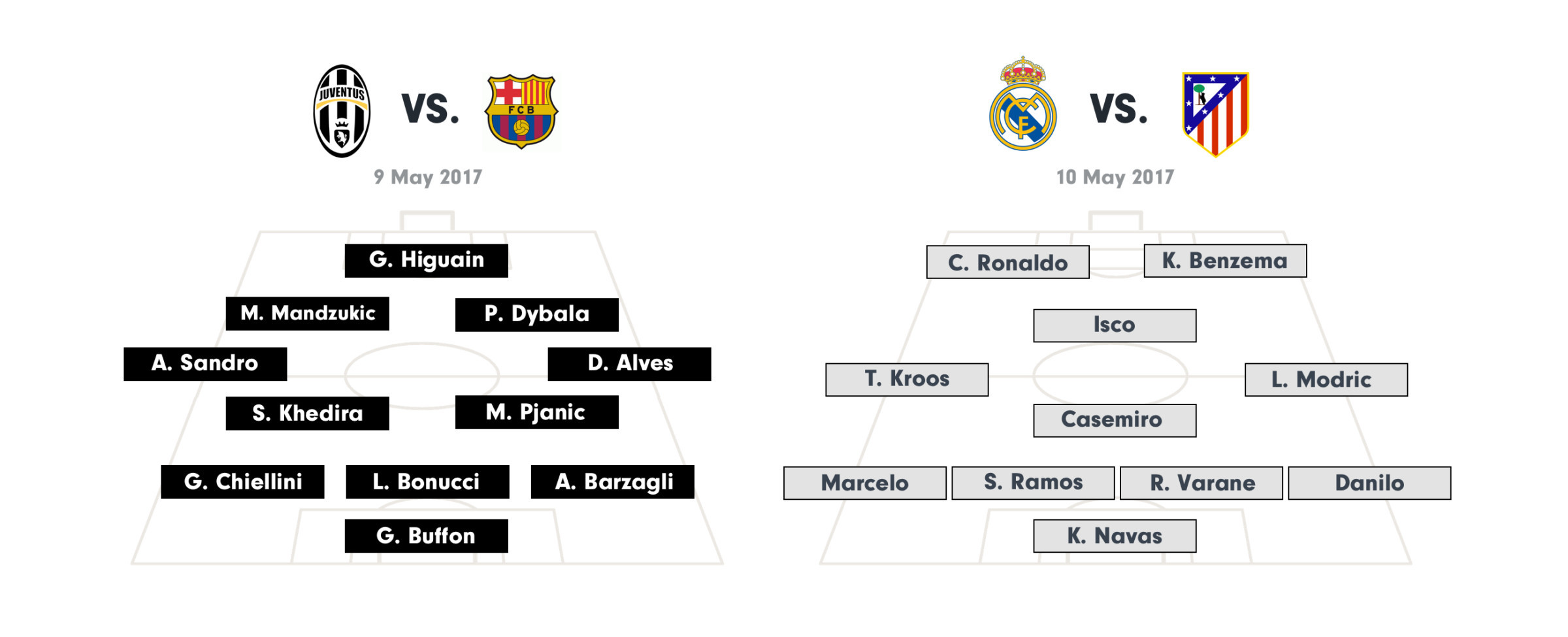
“Traditionally under Allegri, [Juventus] were 3-5-2 before switching to a 4-2-3-1 domestically, always defending in a compact but aggressive 4-4-2. However, their approach vs Barcelona earlier in the competition surprised a few with a flexible three at the back both in and out of possession, with higher pressing to force Barcelona into playing long. It was really effective but I would be surprised to see them try and replicate that in the final.”
So how did our analysts anticipate both teams would set up to attack?
Viewers of the Champions League this season have likely noticed a trend in how both Juventus and Real Madrid look to attack their opponents. “They couldn’t be two more opposite teams,” Analyst One said. “From Real Madrid’s point of view, if you can stop Juve from getting too many good chances then Real Madrid are always going to have the opportunity to score.”
One thing they both agreed on was that Real Madrid were likely going to have a lot of the ball, and Juventus were going to be very disciplined and very structured in their shape. “They’re going to try not to get pulled out of position too much by Real Madrid,” said Analyst One. “So from Real’s point of view they are probably going to be looking for ways in which they can pull Juventus’ players out of position to create pockets of space or 1v1 matchups, like Ronaldo against Dani Alves maybe.”
Both anticipated Juventus likely setting up to sit deep to try and win the ball to break very quickly and try to catch Real Madrid with lots of numbers going forward. As Analyst Two pointed out, “Juve are excellent on the counter attack and will be looking at which Madrid defenders / areas might be left exposed in these moments, and directing Dybala and company directly at them in these moments.
“Either way, it’s likely to be Madrid choosing the system they feel suits their strengths best and Juve second guessing that choice before setting up to stop them.”
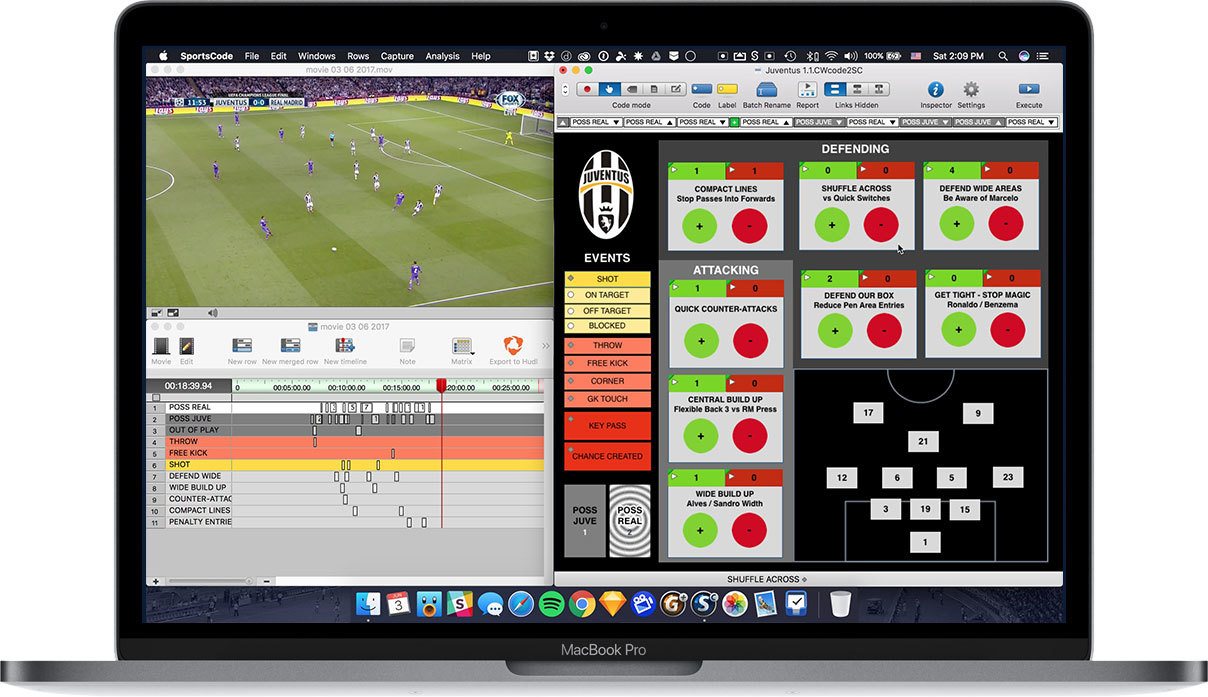
Our Match Analysis
Indeed the teams set up like our analysts thought. Real came out in their 4-4-2 diamond, with Isco sitting in behind Benzema and Ronaldo. Juventus came out in their signature 3-4-3 formation, with Alex Sandro and Dani Alves playing wing-back out on the right and left hand sides of the formation, respectively.
What was drastically different in the first half was the way both teams played, especially Real Madrid. “It was definitely a lot more open than I thought it was going to be,” Analyst One said. “I thought Juventus were going to be a bit more cautious, in terms of leaving more space in behind them.”
"Sometimes the best way to break a team down is by letting them attack you, stretching the game out a bit."
It was almost as if Madrid were allowing Juventus to dictate possession, baiting them forward to open the game up. “There’s a part of me that feels like Madrid almost let them come out more aggressively and let them attack them,” Analyst One said. “If it turns into a bit more of a basketball game, with more open space, Madrid are going to win that more often than not.”
If Real’s game plan was to allow Juventus to see more of the ball, it was a bold move by Zidane and his staff. “Allowing a good team like Juventus to have the ball and attack you seems counterintuitive at times," Analyst One said. "But when you’ve got a team that are as good defensively as Juventus, sometimes the best way to break a team down is by letting them attack you and stretching the game out a bit, rather than just having the ball all the time and allowing them to sit in.”
"If ever there was a case of the first goal being crucial, I think it was in this game," Analyst Two said. "If Juve had scored first then they could have gone back to just defending."
The fact that they didn't score first, that was when the game really opened up. "I thought Kroos and Modric, their positioning the way they kept pulling out wide, was really key to opening the game up."
Using Sportscode, our analysts were able to see exactly how the teams were performing given the state of the match, even examining what potential adjustments would have been made by both teams.
"Going in [1-1 at half time] when you're the better team, if you just keep doing what you're doing, you've got a really good chance of winning," said Analyst One. "I think this would’ve been the other way [for Real Madrid] and they would’ve been looking at scenarios when they had the ball to say, ‘where can we move our guys to create problems for Juventus?’"
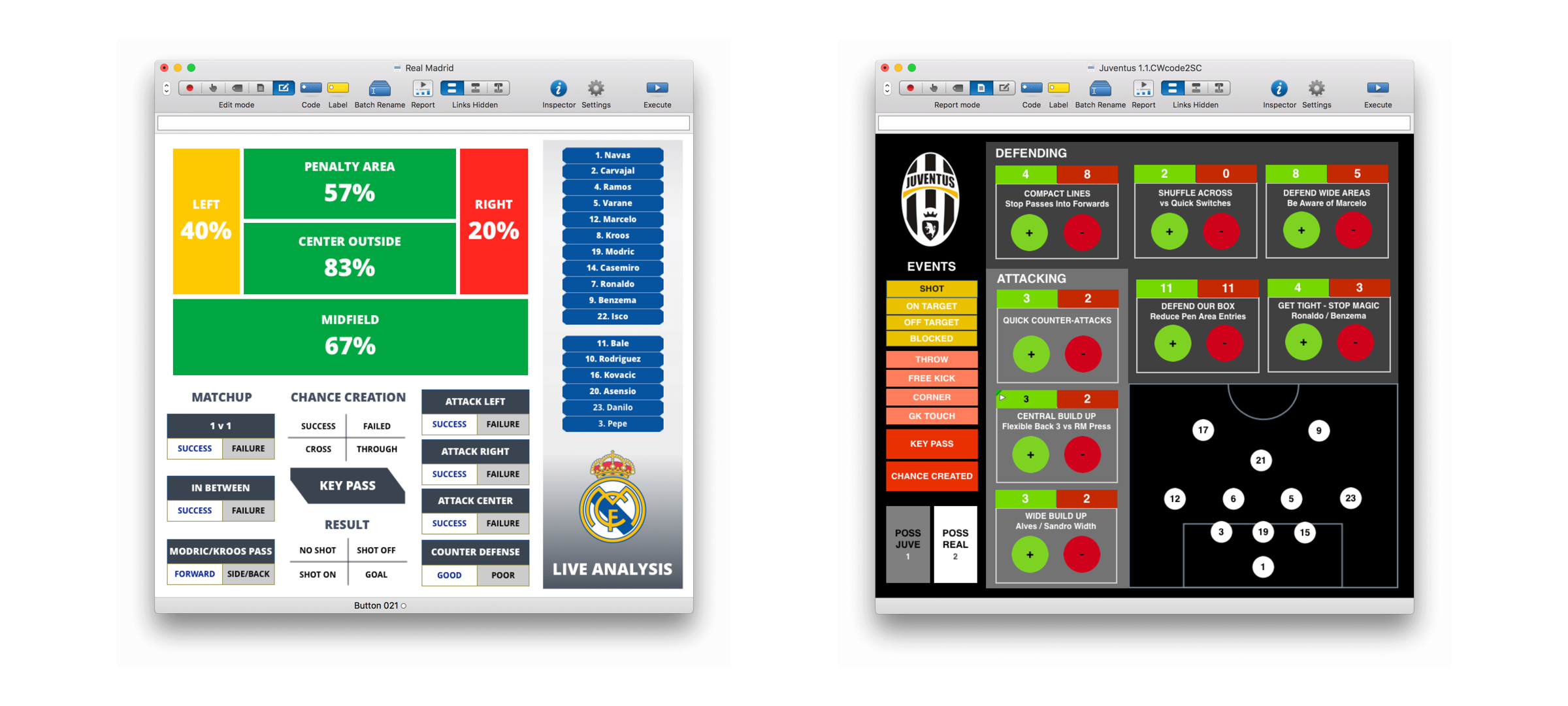
What won the match for Real Madrid?
The adjustment Madrid made, as Analyst One and Two both pointed out, was to drop Toni Kroos and Luka Modric deeper and wider to pair with their respective fullbacks, which pulled Juventus’ midfielders out and created a bit more space for Real Madrid to play through the middle. "They were always on the outside of Juventus’ two forwards," Analyst Two said. "That immediately stretched the game out, and it allowed the two fullbacks [Marcelo and Carvajal] to play much higher."
Real’s subtle adjustment in the midfield paid off in a big way with the extra midfielder dropping in alongside either fullback on the flanks. Marcelo specifically was able to move the ball either directly to Madrid’s forwards with space in behind the Juventus backline or into a midfielder who moved the ball quickly up the pitch.
It was a much more direct approach than what many are used to seeing from Madrid.
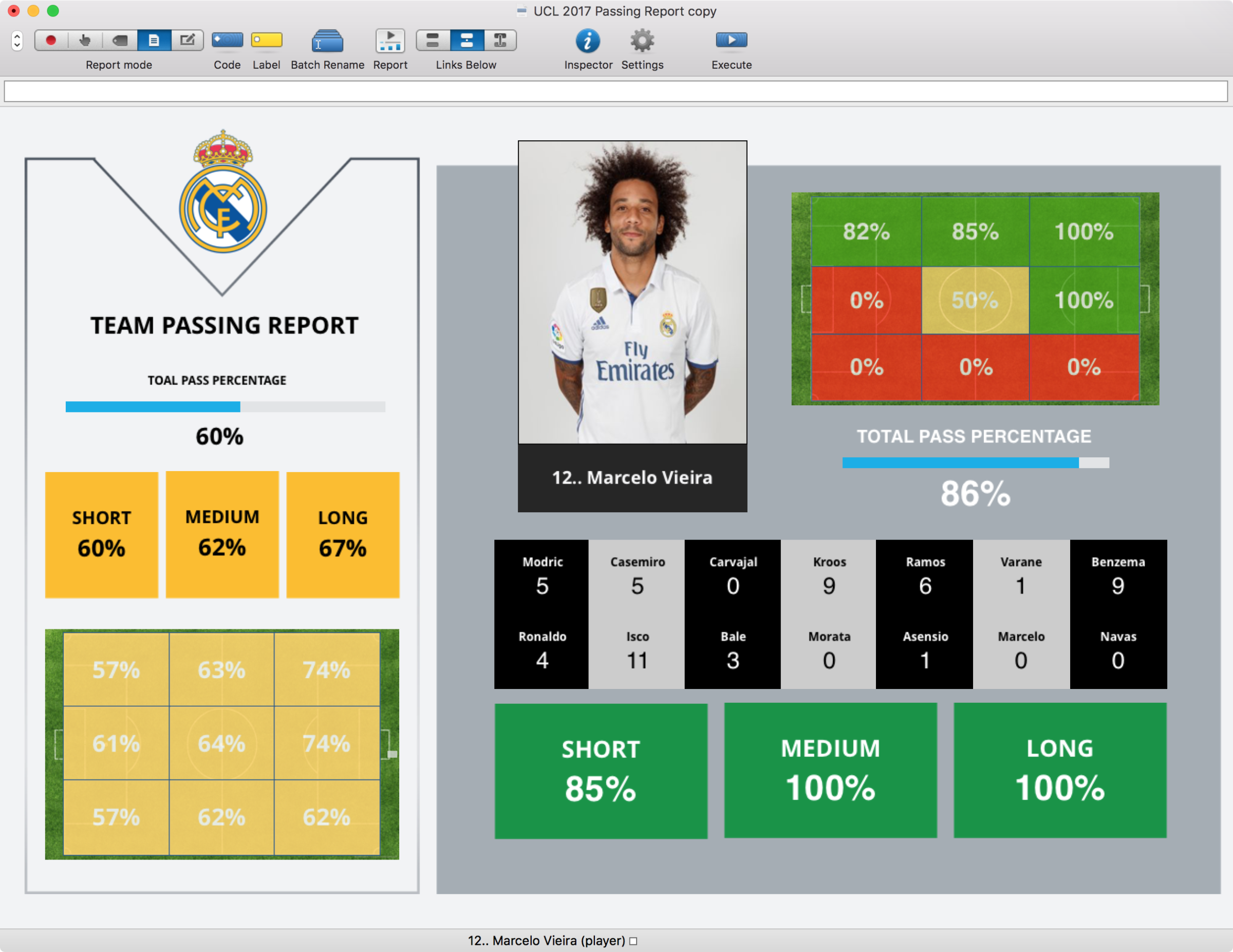
"What Kroos did really well was cover for Marcelo whenever he went high."
“I think the big thing to say about Marcelo is that he was helped massively by Kroos," said Analyst Two. "It’s not directly tied to the window, but we talked before the game about Juventus being dangerous on the counter, and a big part of that was the fact that Marcelo would be left up the field with no security behind.
"What Kroos did really well was cover for Marcelo whenever he went high. That freed him up to just be confident and do what he liked. A lot of the time, Marcelo was so high that the fullback who was marking him was unsure whether to go mark him or to stay compact with his other defenders."
Check out this image from the first half.
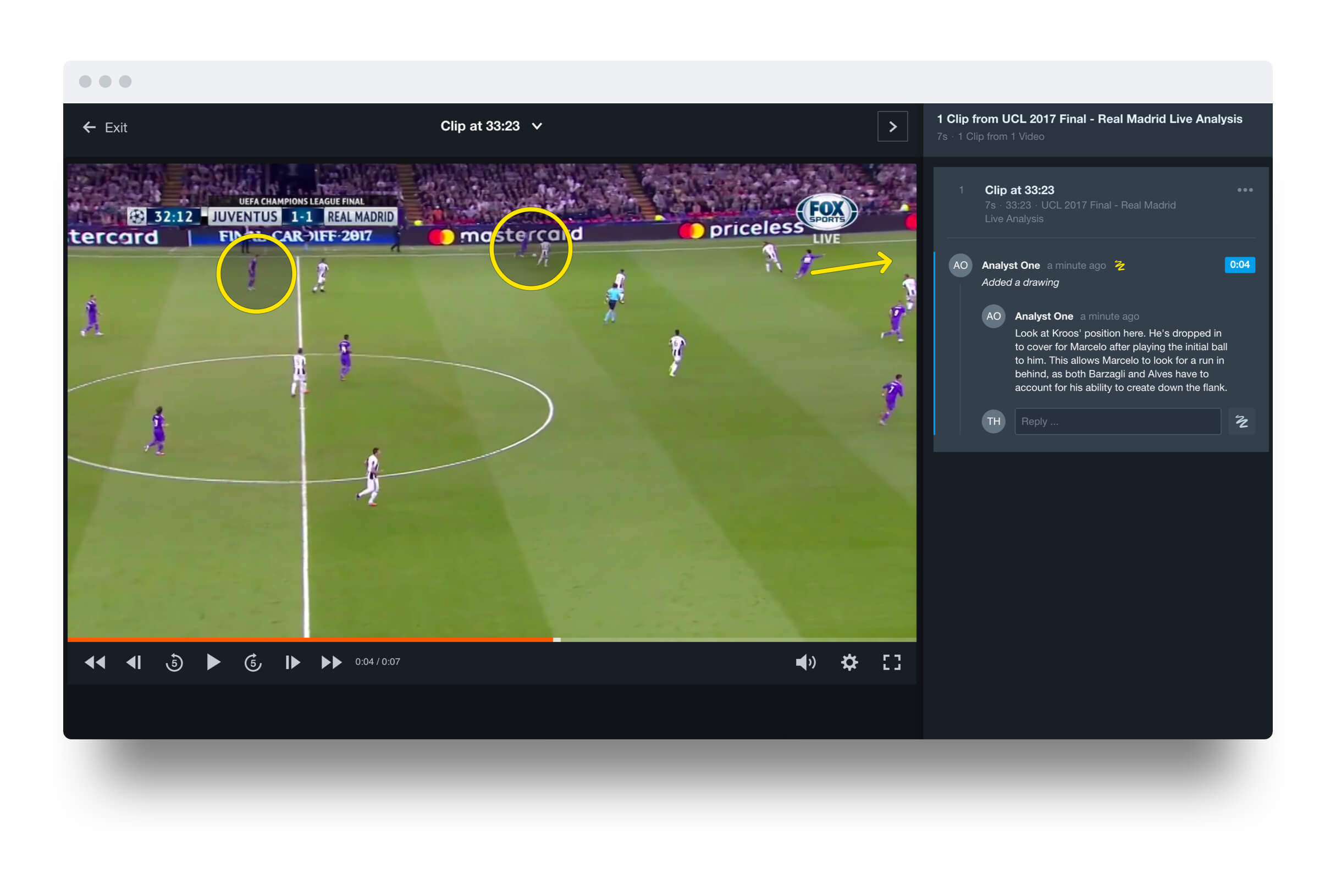
"They were almost unpredictable at times."
In the replay, you'll see that the move started out on the left-hand side with Kroos and Benzema combining out wide. A pass into Ronaldo opened up Juventus with space for Carvajal in behind once the ball was controlled. A simple cross into Ronaldo for a delicate finish and they were in business.
Three of the four goals from Madrid show you almost the exact same blueprint. The final goal was as clinical as any.
Being able to see that directly on video paired with our statistical analysis, it made it clear that the strategy for Real was paying off in a big way.
"It's really difficult to stay compact when you're chasing the ball twenty yards," said Analyst Two. "Sometimes they went over [the backline] and sometimes they went around it with Marcelo and Carvajal. I think what that shows is total flexibility from Real.
"They were almost unpredictable at times. They were just outstanding going forward."
What did you think of the match? Join the conversation on Twitter.